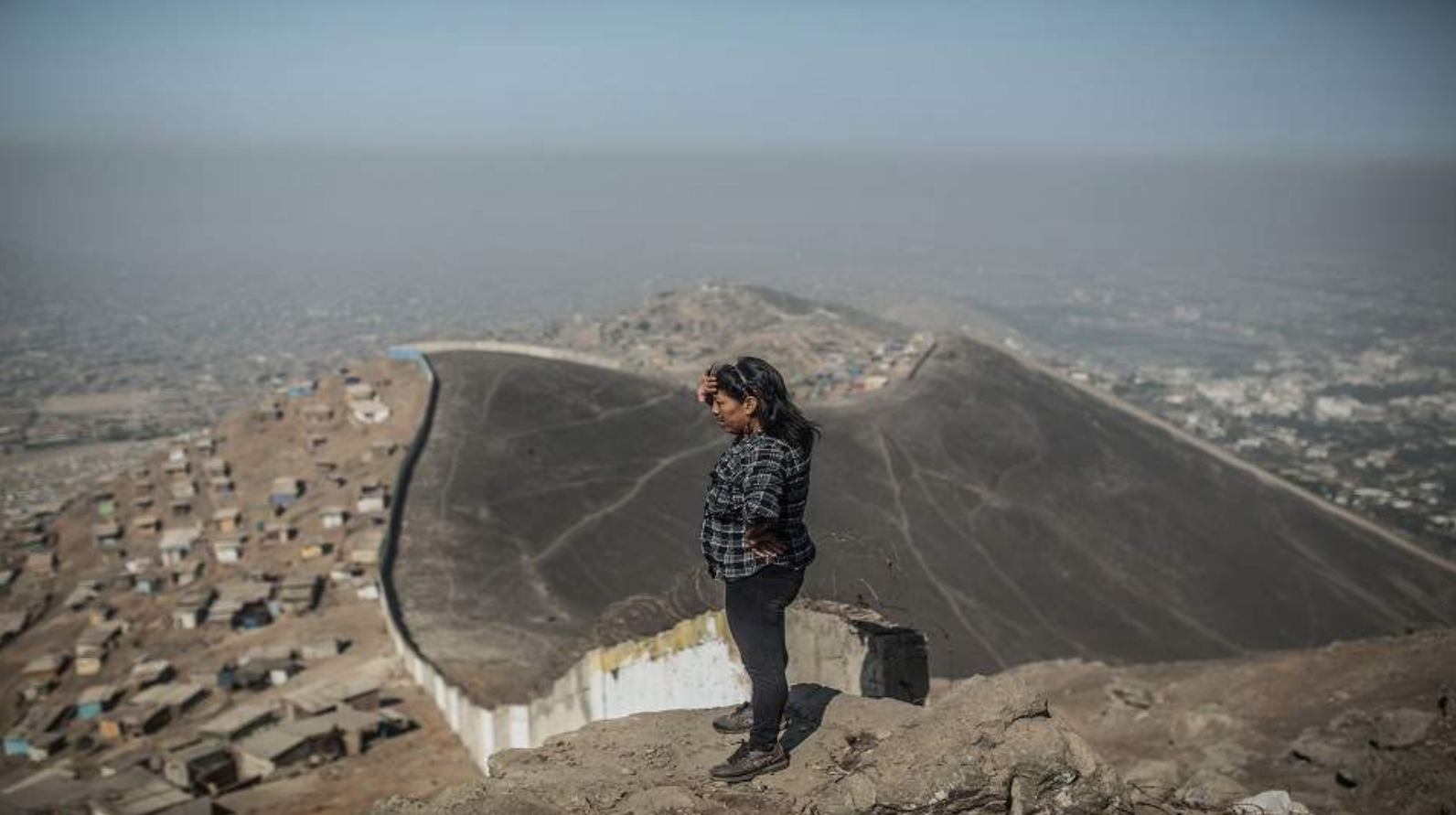Peru cannot be understood without taking into account that it is a country structured around three major axes of inequality: Socioeconomic (depending on wealth, there are few riches, a weak middle class, and many dispossessed), cultural and phenotypic origin (in which those of European origin can be distinguished from those who are mestizos or indigenous) and, finally, one axe of territorial nature (the capital, Lima, must be separated from the provinces and three distinct territories: the coast, the Andean mountain range, and the Amazon jungle). From this triple inequality appear multiple differences and ancestral discriminations. And the rich, white, and capital city dwellers are at the apex of the social pyramid, from where they look at the rest with superiority and prejudice.
However, the crisis that broke out more than two months ago goes beyond this secular and atavistic distinction that has its origins in the conquest and the Colony itself. Added to this is the perverse legacy of the 1990s when Alberto Fujimori was in power. Fujimori, throughout his term of office, implemented (in an authoritarian manner) deregulation and privatization policies that led to organizational atomization and the preeminence of individual and selfish interests over collective projects. Throughout this decade, parties and unions crumbled and institutions were weakened to the point that corruption penetrated every corner of the country.
As a result, Peru has become a fragmented country, divided into thousands of interests, desires, and irreconcilable demands, where the most powerful always end up imposing themselves. An example of this is that in Peru there are no parties or unions of ideological affiliation, but only personal and spurious platforms that obey the mandate of powerful and not always legal economic groups.
Obviously, the non-existence of solid and lasting organizations means that there is neither militancy, sympathizers, party cadres nor organized and aligned elites with mutual trust; nor discipline, when forming and organizing governments (whether local, regional, or national) nor spaces with organic resilience when it is necessary to be in the opposition. None of this. In Peru, there are only random interest groups that, from election to election, make strategic pacts to get money, with the intention of financing expensive electoral campaigns to win elections and reach the Government.
The point is that those who win, once in office, must return the favors to those who have helped them finance the campaign. It is no coincidence, then, that the last presidents of the republic since 1990, except Valentín Paniagua (who was not elected, but had a transitional mandate in the years 2000-2001) have been accused and convicted of corruption offenses.
To all this must be added that, with the current Constitution (born in 1993 under Fujimori’s hand), there are two rules that induce instability. The first is the president of the republic’s election through the “second ballot”, that is, with a system in which if no candidate wins in the first round by an absolute majority (which is half plus one of the votes), there is a second round with the two candidates who have obtained the best results.
This system, which may be reasonable and work in countries with compact and ideologically positioned parties, is a mess in places like Peru, where the electoral competition is totally disjointed and only people who do not represent anyone are elected. Thus, in the last elections, the two candidates who reached the second round (Keiko Fujimori — the daughter of the imprisoned dictator — and Pedro Castillo, also imprisoned) did not have a combined total of 40% of the votes.
By this logic, presidents who come to power are not supported by any solid majority in Congress, nor do they have consistent legitimacy. The second rule that generates instability is the ability of Congress to reject and overthrow the prime minister and the ministers appointed by the president. Thus, if the president does not have a solid majority in the legislature, it is impossible for him to govern. This is what happened to Castillo, who in the 459 days of his term, appointed 78 ministers because the representatives constantly brought down ministers and did not allow him to govern. It must be said that Castillo only had — at the beginning — the support of 32 out of 130 representatives.
It was obvious that in such a context, Pedro Castillo could not govern. So on December 7, being weak and isolated, he tried to dissolve the Congress before it dismissed him as incapable. The fact is that, without the support of the Armed Forces or the economic elites, no one heeded his threat and, shortly after his declaration, he was arrested.
This episode, which the press considered a grotesque action, was the spark that set off a social and political crisis unprecedented in the last thirty years. It is a wave of instability and violence that has already claimed more than 60 deaths and has the novelty that the collectives that have risen up and protested are not organized movements, but an amorphous crowd of humble origin that is sick to death of being despised by the white and racist elites. It is a crowd that can be identified with the way Pedro Castillo was treated and despised by the powers because of his origin, culture, ancestry, way of dressing, and speaking.
It is inexplicable that none of those who despised him — be they congresspersons, businesspersons, talk show hosts, or intellectuals — have thought about the possibility of a wave of protests as intense and stubborn as the one that has been going on for the past two months. As a result of these disturbances, Lima (where 10 million people live) has been blocked for a month now. Meanwhile, in the Andean south there is a situation of siege and occupation by the army, and in the province of Puno, on the border with Bolivia, there is an almost insurrectionary state.
In this exceptional context, the current president, Dina Boluarte (Castillo’s former vice president), has declared a state of emergency and has announced that she plans to remain in power until 2024. The problem, however, is that no one believes that Boluarte can stay in power. In fact, she is only holding on because of the support she has from the Armed Forces and by the fact that the congressmen do not want to call immediate elections because it would mean the loss of their seats.
Today nobody trusts Congress or the president, but it is not evident that new elections to choose a Constituent Assembly is the solution. At present, the economic, media, judicial, legislative, police, and Armed Forces powers are in the hands of the immobilist and reactionary right wing. As the veteran Peruvian thinker and activist Héctor Béjar says: “Right now it is very difficult to think of a decent and realistic way out“.
No one knows how this latest episode of the long crisis Peru has been experiencing for decades and has no brake may end. But it is difficult to think of any improvement if there is not (in any way) some policy that implies the beginning of some reparation of the grievances and secular injustices suffered by the great majority of those who live there.
*Translated from Spanish by Janaína Ruviaro da Silva













